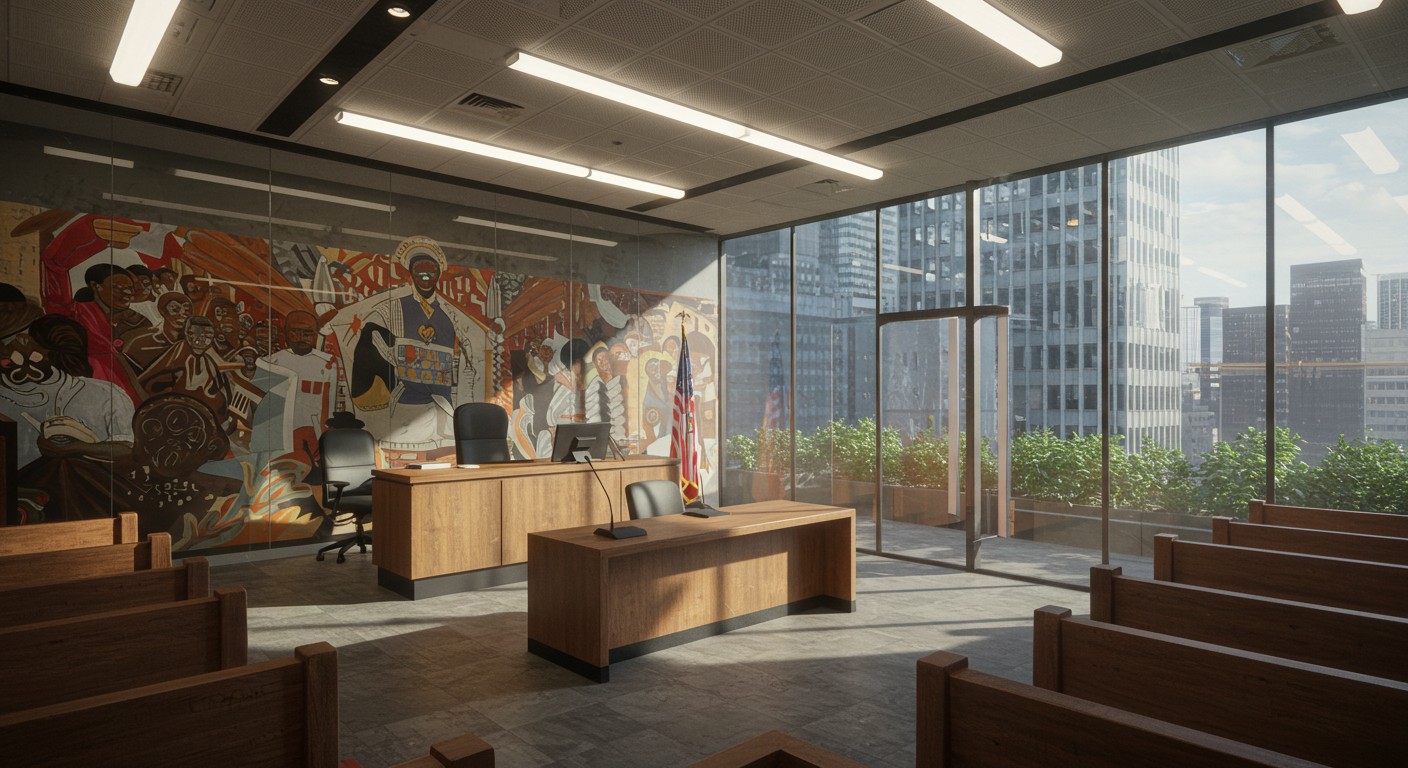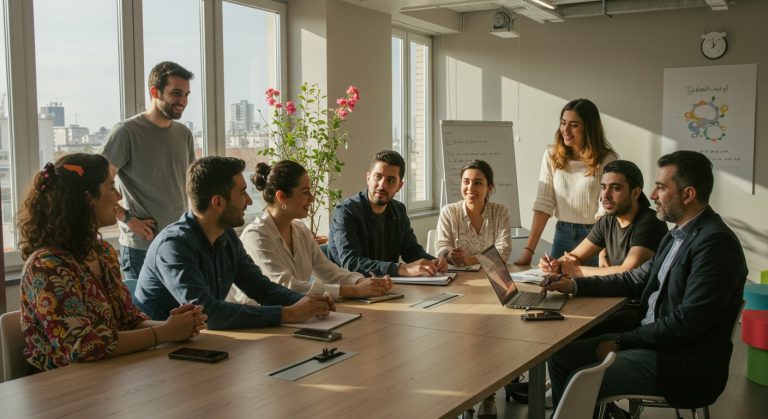
Justice Unveiled: A Refugee’s Crime in Metz
What happens when a sanctuary becomes a trap? In a quiet city in northeastern France, a story unfolded that shook the foundations of trust and justice. A 36-year-old man, granted refuge from a war-torn land, was meant to rebuild his life under the promise of safety and opportunity. Instead, he wove a web of exploitation, targeting the most vulnerable among us—a minor from a foster care system designed to protect, not prey upon.
A Case That Echoes Beyond Borders
In early 2021, whispers of something sinister began to surface in a foster home nestled in Metz, a city known for its historical charm rather than its scandals. Young girls, placed under the care of social services, started disappearing for hours—or even days—at a time. An alert educator sounded the alarm, pointing investigators toward a troubling figure: a man from Afghanistan who had been granted political asylum, now lingering near the facility with questionable intent.
The Unraveling of a Disturbing Scheme
The investigation peeled back layers of a grim reality. This individual, later identified in court, had set up an apartment in Woippy, a suburb just outside Metz, as a hub for his illicit activities. There, he allegedly lured runaway girls with promises of money, fueled by alcohol and drugs, only to exploit them in a cycle of paid sexual encounters. One girl, a key figure in the case, had even been romantically involved with him, acting as a recruiter within the foster home to draw others into the scheme.
At trial, the prosecution painted a stark picture: a predator exploiting a system meant to safeguard youth. The defendant, however, claimed innocence, insisting he saw the girls as “little sisters.” The court didn’t buy it. After a tense February hearing, he was sentenced to four years behind bars, with additional charges for encouraging substance abuse among minors.
A Spotlight on Systemic Cracks
This wasn’t just a story of one man’s crimes—it was a wake-up call. How could a refugee, vetted and welcomed, slip through the cracks to orchestrate such harm? And more troubling still: why were these girls, already under the state’s protection, so vulnerable to manipulation? The case exposed glaring gaps in oversight, from foster care monitoring to the integration of newcomers into society.
Experts argue that the issue runs deeper than one bad actor. “The system is stretched thin,” one social worker noted in the aftermath. “We’re juggling too many cases with too few resources.” This sentiment resonates across urban centers grappling with similar challenges—where good intentions collide with practical limitations.
“Vulnerability isn’t just personal—it’s structural. We need innovation, not just reaction.”
The Human Cost of Exploitation
Behind the legal proceedings lies a human tragedy. The girls involved, some as young as 15, were already navigating lives fractured by instability. Placed in care for their safety, they instead found themselves ensnared in a nightmare. One victim’s testimony revealed how she was pressured into “earning” money—a stark reminder of how desperation can be weaponized.
The ripple effects are profound. Families, caregivers, and communities are left questioning who they can trust. For the girls, the scars may linger far longer than the perpetrator’s sentence. Recovery, experts say, demands more than punishment—it requires rehabilitation, education, and a reimagining of support structures.
Lessons from the Courtroom
The sentencing—four years, with a deferred arrest warrant—sparked mixed reactions. The prosecution had pushed for five years, with two suspended, signaling the gravity of the offense. Yet some advocates argue it’s not enough, calling for stricter penalties to deter such crimes. Others see it as a chance to focus on prevention over punishment.
What’s clear is that this case isn’t isolated. Across cities and borders, exploitation networks prey on the margins—where oversight falters and opportunity dwindles. In this instance, a single educator’s vigilance broke the cycle, but relying on individual heroics isn’t sustainable. Systemic change, from tighter regulations to better-funded programs, is the louder demand.
Refugees and Responsibility: A Delicate Balance
The defendant’s status as a political refugee adds complexity. Welcoming those fleeing persecution is a cornerstone of humanitarian values, but it’s not without challenges. Integration isn’t just about providing shelter—it’s about ensuring accountability and support on both sides. This case raises tough questions: How do we vet without vilifying? How do we aid without enabling?
Data paints a nuanced picture. Most refugees seek stability, not trouble—yet a small fraction, like this man, exploit their second chance. The key, analysts suggest, lies in proactive measures: language classes, job training, and community ties that anchor newcomers while flagging risks early.
Innovating for a Safer Tomorrow
This story isn’t just a cautionary tale—it’s a call to action. Social innovation offers hope where traditional systems falter. Imagine tech-driven solutions: AI monitoring for at-risk youth, apps connecting caregivers to real-time alerts, or blockchain tracking resource allocation in foster homes. These aren’t pipe dreams—they’re tools already reshaping other sectors.
Grassroots efforts matter too. Community programs pairing mentors with vulnerable teens could disrupt the isolation predators exploit. Funding, however, remains the bottleneck—governments and NGOs must prioritize these investments over reactive fixes.
- Early Intervention: Spotting runaways before they’re targeted.
- Education: Teaching youth to recognize manipulation.
- Collaboration: Linking social services with law enforcement.
A Global Echo in a Local Tragedy
Metz may be a dot on the map, but its lessons resonate worldwide. From Europe’s urban sprawls to America’s foster systems, the exploitation of youth isn’t a regional quirk—it’s a global crisis. The International Labour Organization estimates millions are trapped in forced labor, many of them minors. This case is a microcosm of that broader fight.
What sets this apart is the intersection: a refugee, a foster child, a broken safety net. It’s a perfect storm that demands we rethink how we protect—and who we protect. The stakes are high, and the clock is ticking for the next potential victim.
Where Do We Go From Here?
The courtroom has spoken, but the conversation is far from over. This case challenges us to bridge justice with compassion, punishment with prevention. It’s not enough to lock doors after the damage is done—society must build better locks, and faster pathways to safety.
For now, one man sits in a cell, and a handful of girls face a long road to healing. But the real test lies ahead: will we innovate, adapt, and protect—or let the next tragedy slip through the same cracks? The answer, like the story itself, starts with us.









